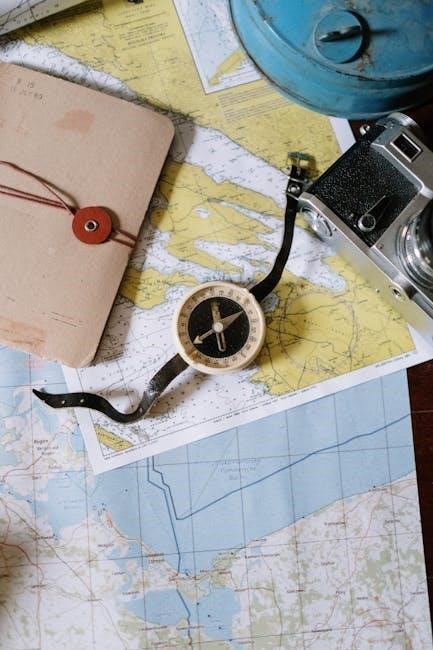San Salvador, the vibrant capital of El Salvador, blends rich history, cultural treasures, and stunning natural beauty, offering a unique experience for travelers. Surrounded by volcanoes and close to beaches, it captivates with its dynamic spirit and diverse attractions.
Overview of the Capital City
San Salvador, El Salvador’s capital, is a bustling metropolis blending history, culture, and natural beauty. As the economic and cultural hub, it offers a mix of colonial architecture, vibrant markets, and modern attractions; The city’s historic center, once avoided, now flourishes with safer streets, showcasing landmarks like the National Palace and Plaza Gerardo Barrios. Surrounded by volcanoes and close to the Pacific coast, San Salvador’s unique location makes it a gateway to both urban and natural adventures, appealing to history buffs, food enthusiasts, and nature lovers alike.
Best Time to Visit
The best time to visit San Salvador is during the dry season, from November to April, when the weather is pleasant and ideal for exploring. The city enjoys mild temperatures, with average highs around 28°C (82°F), making it perfect for outdoor activities like hiking the San Salvador Volcano or strolling through historic neighborhoods. Avoid the rainy season (May to October) for smoother travel experiences. Plan your trip to coincide with cultural events or festivals for a richer experience of the city’s vibrant culture.
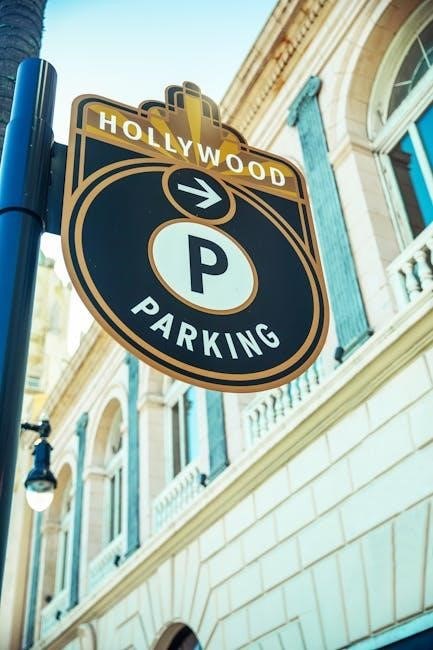
Key Attractions in San Salvador
San Salvador captivates visitors with its iconic landmarks, blending history, culture, and nature. Explore the National Palace, marvel at El Rosario Church’s unique architecture, and visit the Metropolitan Cathedral, honoring Óscar Romero. These attractions showcase the city’s rich heritage and vibrant spirit, making them must-visit destinations for any traveler.
National Palace and Plaza Gerardo Barrios
The National Palace, a stunning neoclassical landmark built in 1911, once served as the seat of government and now functions as a museum. Its grand architecture and historical significance make it a must-visit. Plaza Gerardo Barrios, located in the heart of the historic center, offers a vibrant atmosphere where visitors can stroll, admire street art, and experience the city’s daily life. Both sites exemplify San Salvador’s rich history and cultural heritage, providing a glimpse into its past and present.
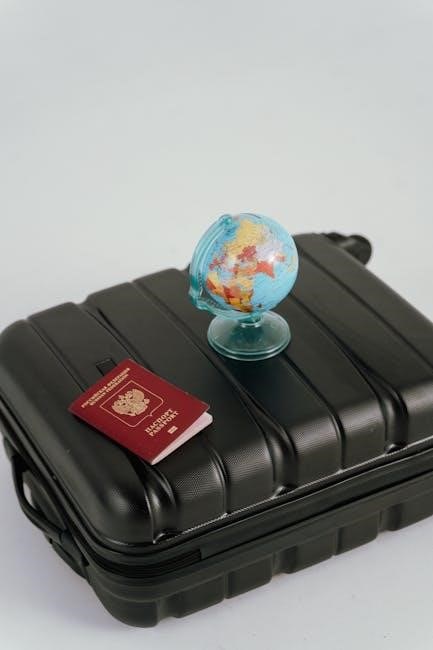
El Rosario Church
El Rosario Church, designed by renowned architect Rubén Martínez in 1964, is a striking landmark in San Salvador. Its unassuming concrete exterior contrasts with a vibrant interior, featuring stunning stained glass and an open, bridge-like design. The church’s unique architecture and colorful aesthetics make it a must-visit for both religious and art enthusiasts. Visitors are captivated by the interplay of light and color, creating a serene and awe-inspiring atmosphere. It remains a controversial yet iconic symbol of modern religious design in the city.
Catedral Metropolitana
Catedral Metropolitana, located in the heart of San Salvador, is a striking landmark that dominates Plaza Gerardo Barrios. This iconic cathedral is known for its grand facade and historical significance. Inside, visitors can pay respects at the tomb of Archbishop Óscar Romero, a pivotal figure in El Salvador’s history. The cathedral’s design blends tradition with local culture, and its vibrant atmosphere reflects the city’s spiritual life. A must-visit for history buffs and those seeking a deeper connection to the city’s heritage.
Historical and Cultural Sites
San Salvador offers a rich blend of history and culture, with landmarks like museums and historical buildings showcasing the city’s vibrant heritage and artistic traditions.
Museo Nacional de Antropología
The Museo Nacional de Antropología in San Salvador offers a deep dive into El Salvador’s pre-Columbian history, showcasing artifacts, musical instruments, and exhibits on ancient rituals and ceremonies. This educational space highlights the country’s cultural heritage, providing insights into its rich past through engaging displays and special exhibitions.
Fundación Fernando Llort
Fundación Fernando Llort, located in San Salvador, honors the works of El Salvador’s national artist, Fernando Llort. Known for his vibrant, folkloric style, Llort’s art is showcased in this small museum, which includes a shop and workshop. Visitors can explore his iconic pieces, inspired by Salvadoran culture, making it a must-visit for art enthusiasts. The foundation celebrates Llort’s contribution to the country’s identity and offers a unique glimpse into his creative legacy.
Joya de Cerén
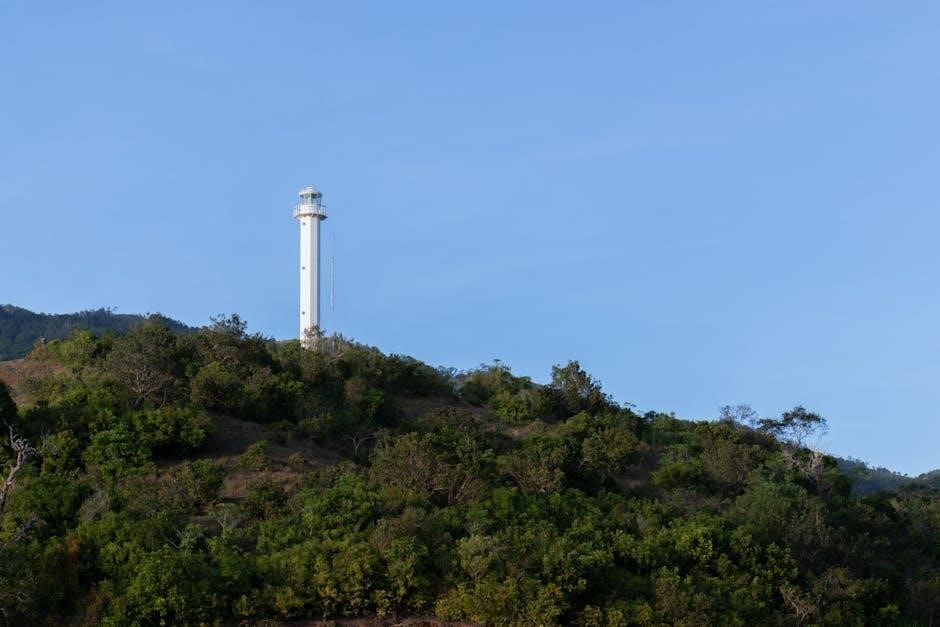
Joya de Cerén, often called the “Pompeii of the Americas,” is an ancient Maya farming community frozen in time by a volcanic eruption. This UNESCO World Heritage site offers a unique glimpse into daily life of the Maya people, with remarkably preserved homes, tools, and artifacts. Visitors can explore the excavated ruins and gain insights into the culture and traditions of this ancient civilization, making it a fascinating historical destination near San Salvador.
Natural Landmarks
San Salvador is surrounded by stunning natural wonders, including the iconic San Salvador Volcano and El Boquerón National Park, offering breathtaking views and adventurous hiking opportunities.
El Boquerón National Park
Located on the San Salvador Volcano, El Boquerón National Park offers stunning views and hiking trails surrounded by lush forests and vibrant flora. The park features two craters, with the larger one measuring 1.5 kilometers in diameter and 550 meters deep. A popular spot for both locals and tourists, it provides a cool retreat from the city’s heat. Visitors can explore hiking trails, enjoy scenic vistas, and dine at nearby restaurants with panoramic views of the capital.
San Salvador Volcano
The San Salvador Volcano, an iconic landmark, offers breathtaking views of the city and surrounding landscapes. Its summit provides panoramic vistas after a challenging hike through lush forests and rugged terrain. The volcano’s history includes a significant eruption in 1917, which shaped the area. Today, it attracts adventure seekers and nature lovers, contrasting its serene beauty with its historical impact, making it a must-visit for those exploring El Salvador’s natural wonders.
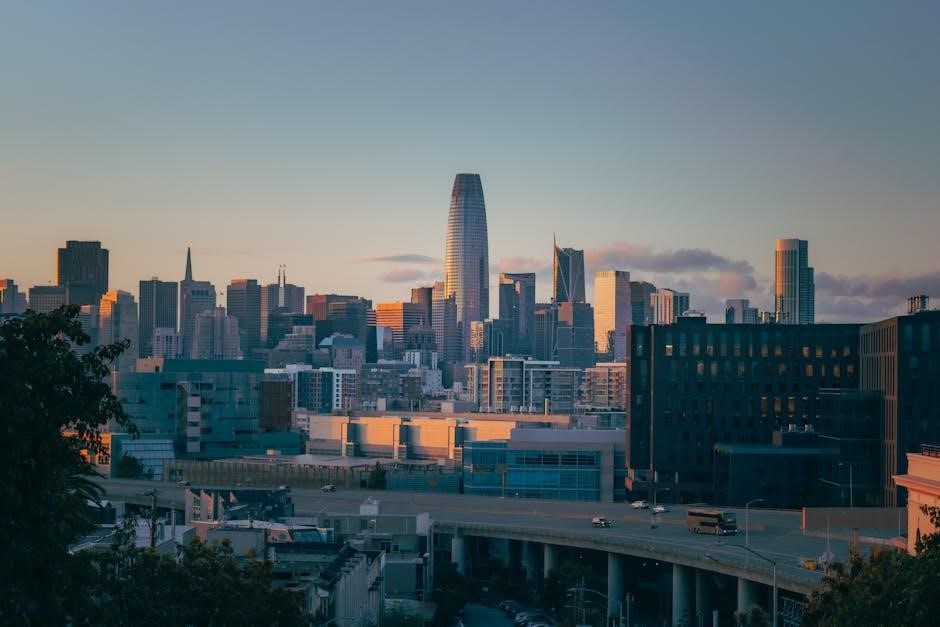
Trendy Neighborhoods
Explore San Salvador’s chic neighborhoods, blending modern charm with cultural vibrancy. Trendy areas like Colonia San Benito and Zona Rosa offer stylish restaurants, boutique shops, and lively nightlife.
Colonia San Benito
Colonia San Benito, part of the upscale Zona Rosa, is a hub for dining and relaxation. Stroll along Boulevard del Hipódromo and Calle Circunvalación to discover trendy restaurants, wine bars, and cozy cafés. This charming neighborhood offers a mix of modern and colonial architecture, making it a favorite for both locals and visitors. Stay at the stylish Nico Urban Hotel, located in the heart of San Benito, and enjoy exploring the area’s vibrant culinary scene, all within walking distance.
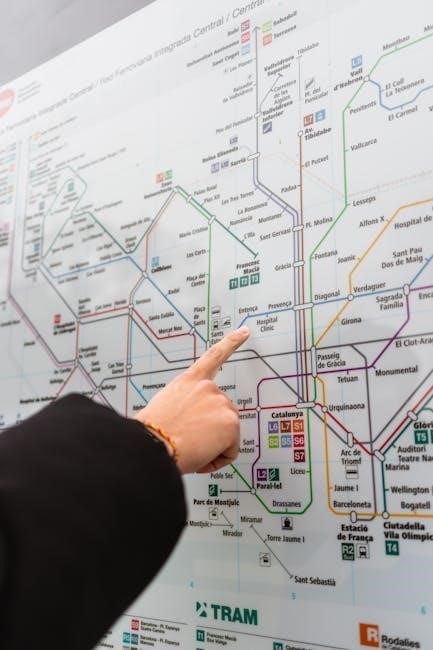
Zona Rosa
Zona Rosa, a lively and cosmopolitan area in San Salvador, is known for its vibrant nightlife, trendy boutiques, and diverse dining options. This bustling neighborhood attracts both locals and visitors with its dynamic atmosphere, perfect for evening entertainment. The area is also home to Colonia San Benito, offering a blend of modern amenities and cultural charm, making it a must-visit for those exploring the city’s contemporary side.
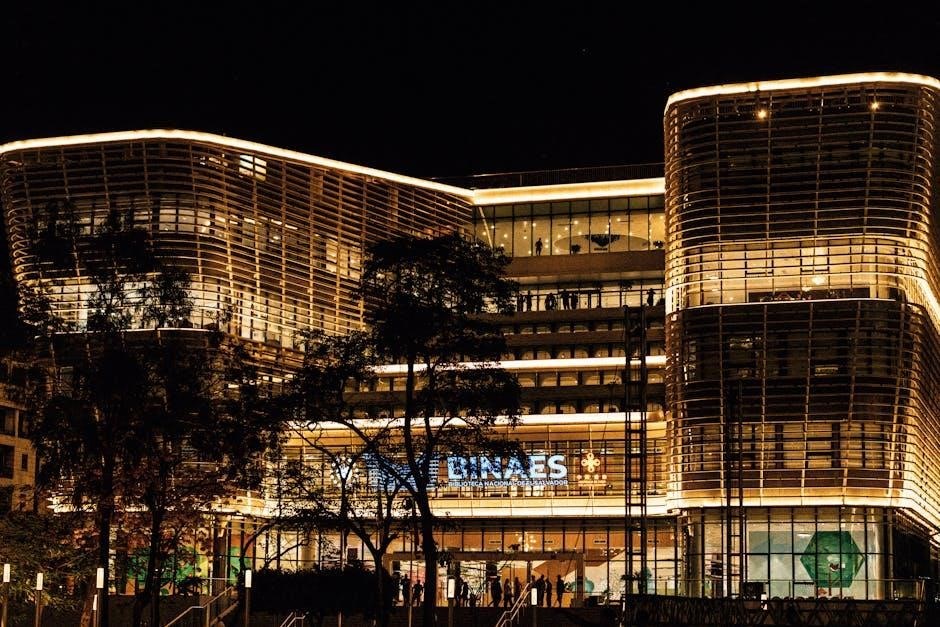
Dining in San Salvador
San Salvador offers a diverse culinary scene, from traditional Salvadoran dishes like pupusas to modern fusion cuisine. Trendy restaurants, cozy cafés, and vibrant bars provide endless options for food enthusiasts.
Restaurants and Cafés
San Salvador boasts a thriving dining scene with trendy restaurants and charming cafés. Colonia San Benito and Zona Rosa are hubs for culinary delights, offering everything from gourmet dishes to casual bites. Delikat and Soya Nutribar are popular spots for quick, delicious meals, while upscale venues provide fine dining experiences. The city’s mix of traditional Salvadoran cuisine and international flavors ensures a diverse and exciting gastronomic adventure for every palate.
Local Cuisine
El Salvador’s local cuisine, showcased in San Salvador, features vibrant flavors and traditional dishes. Staples include pupusas, thick cornmeal flatbreads stuffed with cheese, beans, and meat, often served with curtido, a tangy cabbage slaw. Other highlights are ceviche, fresh seafood marinated in lime, and sopa de pata, a hearty cow’s foot soup. These dishes reflect the country’s rich cultural heritage and are must-tries for an authentic culinary experience while exploring the city.
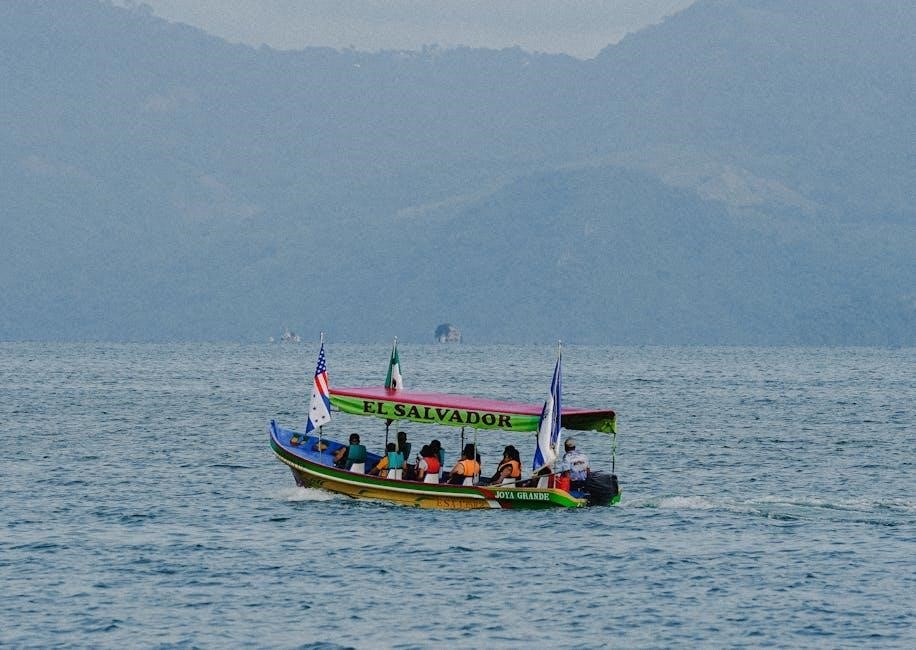
Day Trips and Excursions
Explore beyond San Salvador with day trips to Ruta de las Flores, offering scenic villages and coffee plantations, or visit La Libertad Port for coastal charm and surfing.
Ruta de las Flores
Ruta de las Flores is a picturesque journey through El Salvador’s scenic villages, coffee plantations, and vibrant culture. This iconic route offers stunning landscapes, traditional crafts, and local cuisine. Visitors can explore charming towns like Ataco and Salcoatitlán, enjoy coffee tastings, and witness the region’s artistic heritage. The route is perfect for nature lovers and those seeking an authentic cultural experience, making it a must-visit day trip from San Salvador.
La Libertad Port
La Libertad Port, a bustling coastal town near San Salvador, is a favorite for surf enthusiasts and seafood lovers. Its scenic beaches, vibrant markets, and fresh seafood make it a top day-trip destination. The port’s laid-back atmosphere offers a refreshing escape from the city, with activities ranging from water sports to exploring local eateries. Visitors can enjoy the sun, waves, and authentic coastal culture just 45 minutes from the capital.
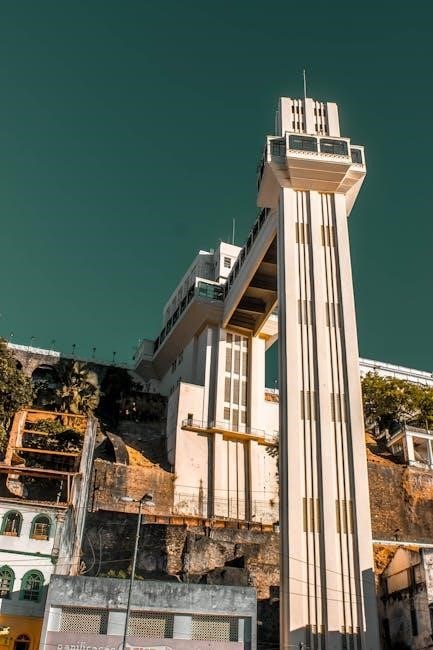
Practical Travel Information
Plan your trip with essential tips: rent a car for flexibility, use rideshares, or take public buses. Stay safe by avoiding crowded areas and following local advice.
Safety Tips
Exercise caution in crowded areas and avoid traveling alone at night. Use reputable taxi services or ride-sharing apps, and avoid displaying valuables. Stay informed about local conditions through your hotel or trusted sources. Avoid carrying large amounts of cash and keep belongings secure in public spaces. Be mindful of your surroundings, especially in less touristy areas, and follow local advice for a safe and enjoyable experience in San Salvador.
Transportation Options
San Salvador offers various transportation options, including public buses and shared vans (microbuses) that are affordable but often crowded. Taxis are widely available, with ride-sharing apps like Uber also operating in the city. Renting a car provides flexibility, especially for exploring nearby attractions. For shorter distances, walking or using bicycles is feasible in safer neighborhoods. Plan ahead, as traffic can be heavy during peak hours. Ensure you use licensed taxis or reputable services for a smooth experience.
